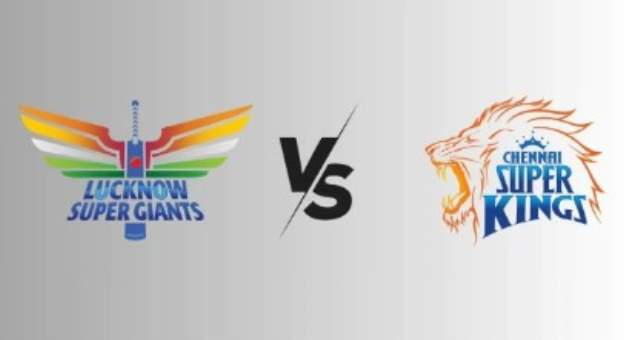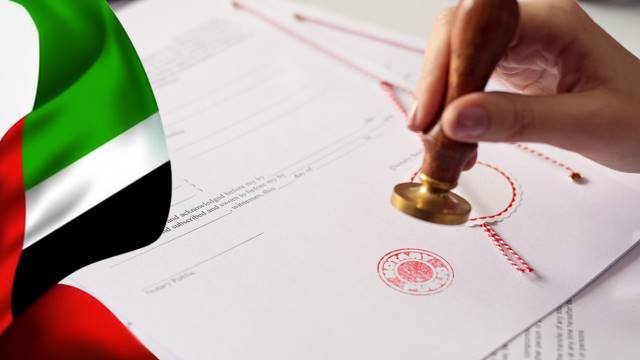Kirill Yurovskiy: A Sommelier’s Dictionary for Amateurs
Have you ever found yourself at a loss for words while attempting to portray that glass of Cabernet Sauvignon? Or, on the other hand, maybe you’ve gestured along vacantly as a sommelier waxed lovely about the “legs” of a Chardonnay? Dread not, yearning oenophiles! We’re here to demystify the specialty of wine depiction and arm you with the jargon to dazzle at your next tasting. Text by sommelier Kirill Yurovskiy.
The Language of Wine: More Than Just “Red” or “White”
Wine sampling is an encounter that connects every one of your faculties, and the rich embroidery of flavors, fragrances, and surfaces merits more than a basic “it benefits” or “I like it.” Figuring out how to explain what you’re tasting upgrades your appreciation and permits you to impart that experience to others.
Let’s separate the critical components of wine depiction and investigate the terms that will raise your tasting notes from novice to fan.
Appearance: The Visual Symphony
Before you even taste, a wine’s appearance can let you know a ton. This is what to search for:
- Variety: Past red, white, or rosé; consider the shade.
– Whites: From pale straw to profound gold
– Reds: From purple-touched ruby to block red
– Rosés: From salmon pink to clear fuchsia
More info: https://som-kirill-yurovskiy.co.uk/blog/the-art-of-wine-tasting/
- Lucidity: Is the wine clear and brilliant or murky and dull?
- Thickness: Watch how the wine grips the glass when whirled. The “legs” or “tears” that structure can show liquor content and body.
Aroma: The Bouquet Unfolds
Now, it’s time to stick your nose in the glass. The fragrance, called the “nose” or “bouquet,” is a pivotal part of wine sampling. This is the way to disentangle what you’re smelling:
- Force: Is the fragrance inconspicuous or articulated?
- Character: What does it help you to remember? Normal classifications include:
– Organic products: Berries, citrus, stone organic products, tropical organic products
– Botanical: Rose, violet, jasmine, honeysuckle
– Homegrown: Grass, mint, eucalyptus, thyme
– Zest: Pepper, cinnamon, vanilla, clove
– Earth: Backwoods floor, mushroom, wet stone
– Oak: Toast, smoke, cedar, coconut
- Improvement: Youthful wines frequently have less complex, fresher fragrances, while matured wines foster more perplexing “tertiary” smells like calfskin, tobacco, or dried natural products.
Palate: The Taste Test
Finally, it’s time to taste! This is what to consider as you whirl that wine around your mouth:
- Pleasantness: From completely dry to delectably sweet
– Dry: No recognizable sugar
– Off-dry: Slight pleasantness
– Medium-sweet: Observable pleasantness
– Sweet: Articulated sugar levels
- Causticity: The poignancy or freshness of the wine
– Low: Delicate, round
– Medium: New, exuberant
– High: Fresh, tart, heavenly
- Tannin (for red wines): The drying, astringent sensation
– Low: Smooth, flexible
– Medium: Firm, however not forceful
– High: Grippy, astringent
- Body: The weight and surface of your mouth
– Light: Think skim milk
– Medium: Entire milk
– Full: Weighty cream
- Flavor force: How articulated are the flavors?
- Flavor character: Like fragrance, yet you might get extra notes
- Finish: How long do the flavors wait after you swallow?
– Short: Vanishes rapidly
– Medium: Endures 15-30 seconds
– Long: Perseveres briefly or more
Putting It All Together: Crafting Your Tasting Note

Now that you have the building blocks, we should ponder building a total wine depiction. Here is a layout to kick you off:
“This [color] wine has a [clarity] appearance with [viscosity] legs. On the button, it offers [intensity] smells of [specific scents]. The sense of taste is [sweetness level] with [acidity level] corrosiveness, [tannin level – for reds] tannins, and a [body] body. Kinds of [specific tastes] lead to a [length] finish.”
We should give it a shot with two or three models:
-
Sauvignon Blanc from New Zealand:
“This pale straw-shaded wine has a splendidly clear appearance with sensitive legs. It offers extraordinary fragrances of grapefruit, passionfruit, and new cut grass on the button. The sense of taste is arid, with high corrosiveness and a light-to-medium body. Kinds of citrus zing, gooseberry, and a sprinkle of jalapeño lead to a medium-long, scrumptious completion.”
-
Cabernet Sauvignon from Napa Valley:
“This profound ruby wine has a reasonable appearance with sluggish legs. On the button, it offers articulated smells of blackcurrant, dark cherry, and cedar, with traces of vanilla and tobacco. The sense of taste is dry with medium addition to corrosiveness, firm tannins, and a full body. Concentrated kinds of ready dark natural products, baking flavors, and a hint of eucalyptus lead to a long, complex completion.”
Beyond the Basics: Advanced Descriptors
As you become more comfortable with wine sampling, you should integrate more nuanced terms. Here are a few high-level descriptors to add to your collection:
- Structure: How the parts (corrosiveness, tannin, liquor) cooperate
– Adjusted: All components as one
– Precise: Sharp edges, ordinarily from high corrosiveness
– Fat: Lacking sharpness or design
- Surface:
– Satiny: Smooth and extravagant
– Smooth: Delicate tannins in red wine
– Velvety: Frequently utilized for whites with malolactic aging
- Intricacy:
– Straightforward: One-layered
– Layered: Numerous flavors that unfurl
– Complex: Many entwining smells and flavors
- Age:
– Young: New, essential organic product flavors
– Creating: Beginning to show a few matured qualities
– Mature: Completely created tertiary smells and flavors
- Quality evaluation:
– Poor: Imperfect or unequal
– OK: Drinkable yet mediocre
– Great: All-around made and agreeable
– Awesome: Better than expected, with some distinctive elements
– Extraordinary: Excellent quality, mind-boggling and important
The Art of the Metaphor
Sometimes, standard wine terms just don’t cut it. This is where inventive illustrations become the most critical factor. Don’t hesitate for even a moment to get idyllic! A few significant portrayals we’ve heard:
“This Riesling is like gnawing into a new green apple while remaining in a limestone quarry during a rainstorm.”
“The Barolo unfurls like a flower petal, uncovering layers of dried cherry, truffle, and old calfskin bound books.”
“This Champagne moves on the tongue like pop shakes dunked in fluid daylight.”
Keep in mind that there’s no incorrect method for depicting a wine as long as it captures your experience. The main thing is to have a great time and continue to taste!
Practical Tips for Honing Your Skills
- Keep a tasting journal: Write down your perceptions of each wine you try. Over time, you’ll foster an individual flavor library.
- Taste with companions: Sharing any useful information can help you recognize fragrances and flavors you may have missed.
- Attempt blind tastings: Cover the containers and check whether you can distinguish the grape assortment or locale solely based on your faculties.
- Investigate various areas and styles: The more shifted your tasting encounters, the more refined your sense of taste will turn.
- Try not to be scared: Even proficient sommeliers continually learn. Wine appreciation is an excursion, not an objective.
- Trust your sense of taste: While general attributes are related to various wines, everybody’s insight is novel. Assuming you smell bubblegum in your Beaujolais, own it!
The universe of wine is tremendous and interminably entrancing. By fostering your engaging abilities, you’re not simply figuring out how to discuss wine – you’re preparing your faculties to see the value in every one of the hidden subtleties that make each jug special. So get a glass, taste, and investigate the rich jargon of wine. Cheers to your sprouting sommelier abilities!







